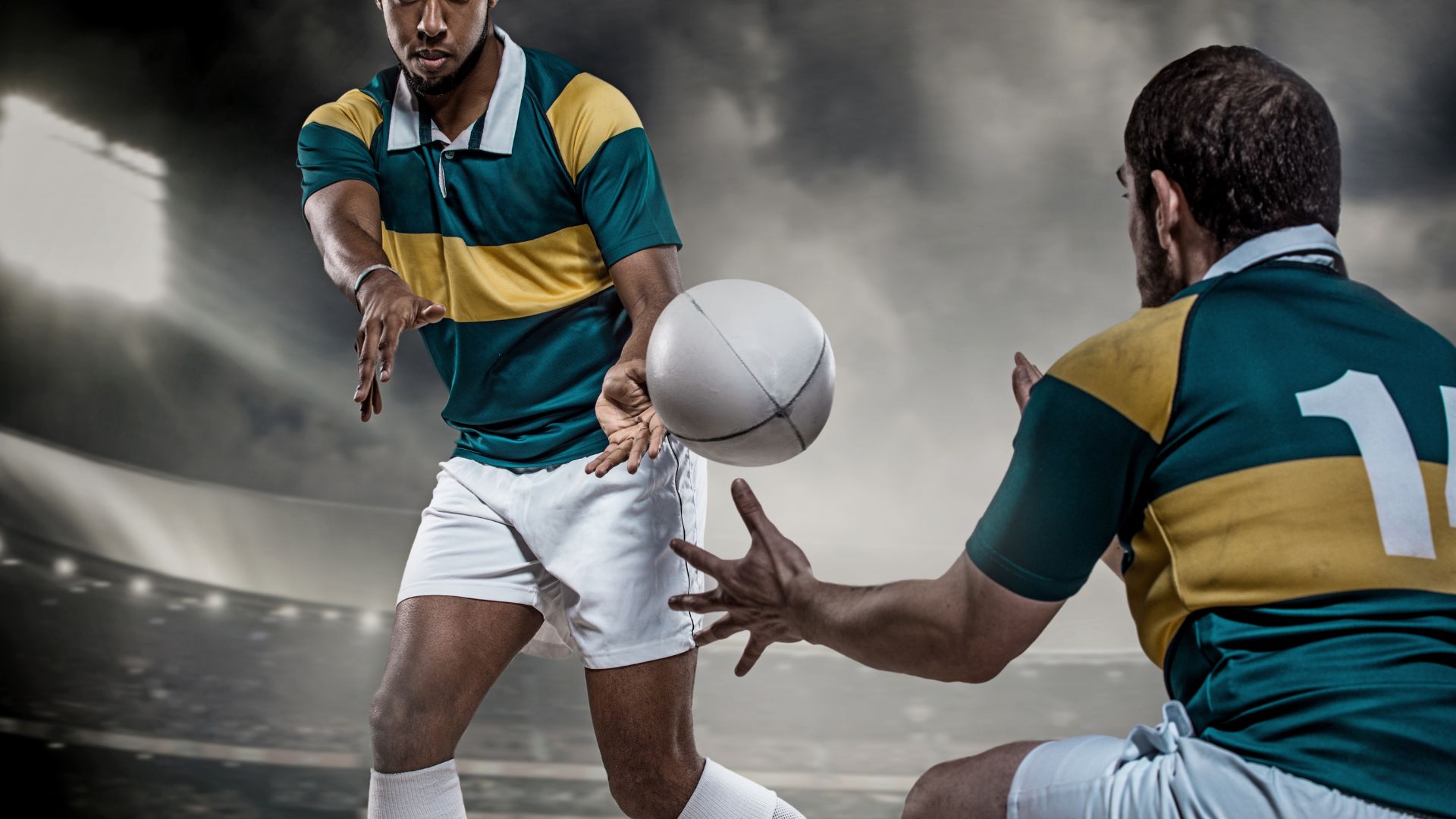Ever wondered about the positions in rugby? Mate, you’re not alone. Let’s dissect it.
Although rugby is a complicated game, grasping the positions is essential to comprehending the rules.
This guide will help you regardless of whether you’re excited about the sport or preparing for the Six Nations Championship.
Introduction to Rugby Positions
Rugby positions are like pieces on a chessboard – each one’s got a specific job.
The rugby union field’s a battlefield, and every player’s role is crucial.
Every position requires a different set of talents, from the physically powerful forward pack to the agile backline players.
Let’s examine the specifics of rugby union roles and discover what drives each individual.

Forward Pack Positions
The forward pack‘s where the grunt work happens. These lads are the engine room of the team.
Front Row
In the front row, you’ve got your prop forwards and hooker.
Props are the anchors of the scrum, built like tanks and tough as nails.
The hooker‘s job? To win possession in scrums and throw-ins at lineouts.
Second Row
Next up, we’ve got the lock forwards.
These tall timber are the powerhouse of the scrum and lineout specialists.
They’re like the All Blacks‘ engine room, providing the push in scrums and leap in lineouts.
Back Row
The back row‘s where you’ll find the flankers and number 8.
Flankers are the workhorses, involved in almost every aspect of play.
The number 8‘s a jack of all trades, linking the forwards and backs.
Backline Positions
Now, let’s shift gears to the backline – the speedsters and playmakers of rugby union.

Half-backs
First, we have the fly-half and scrum-half on the backline.
The scrum-half is the quarterback connecting the forwards and backs.
Your primary playmaker, the fly-half, directs traffic and kicks for territory.
Centers
Centers are the midfield maestros, combining power and skill.
They’re crucial in both attack and defence, often making or breaking plays.
Think of them as the glue holding the backline together.
Outside Backs
Lastly, we’ve got the wings and fullback.
Wingers are the speed demons, often finishing off attacking moves.
The fullback‘s your last line of defence and a counter-attack specialist.
Understanding rugby positions is like unlocking the game’s secrets.
Indeed, it’s not only about who stands where; it’s also about how each function fits into the overall plan of the team.
Specific Duties and Positions
Every rugby position has a unique set of duties and responsibilities. Let’s break them down:
Forward Pack Specialists

• Props: These burly lads are scrum technicians. They need immense strength to support the hooker and provide a stable platform.
• Hooker: The linchpin of the front row. They’re responsible for winning the ball in scrums and throwing in at lineouts.
• Locks: These tall timber are the engine room of the scrum and lineout specialists. They need to be strong, tall, and have good jumping ability.
• Flankers: The workhorses of the team. They’re involved in almost every aspect of play, from tackling to contesting for the ball at breakdowns.
• Number 8: The link between forwards and backs. They need to be strong runners, good ball handlers, and solid defenders.
Backline Specialists
• Scrum-half: The conductor of the orchestra. They link the forwards and backs, making quick decisions under pressure.
• Fly-half: The chief playmaker. They need excellent kicking skills, good decision-making abilities, and the vision to create opportunities.
• Centers: The midfield enforcers. They need to be strong runners, solid defenders, and have good passing skills.
• Wings: The finishers. Speed is their main asset, along with good handling skills and the ability to beat defenders one-on-one.
• Fullback: The last line of defense. They must possess the capacity to counterattack, be self-assured under the high ball, and have a strong tactical kicking game.
Positions in Rugby Union and Rugby League Differ
Despite our focus on rugby union, it’s crucial to keep in mind that rugby league is distinct in a few crucial ways:
• Union has fifteen players each side; rugby league has thirteen.
• There are no lineouts in league, so no specialized roles for winning lineout ball.
• The scrum in league is less contested, changing the roles of the front row players.
• League has positions like ‘prop‘, ‘second row‘, and ‘loose forward‘ that are similar to union, but with slightly different responsibilities.
• The backline in league includes positions like ‘five-eighth‘ and ‘lock‘, which have different roles compared to their union counterparts.
Conclusion: Importance of Understanding Rugby Positions
To really enjoy rugby, one must comprehend the various positions.
Being aware of the responsibilities of each position will greatly improve your experience, whether you’re participating in a friendly game or supporting your side in the Rugby World Cup in Twickenham.
From the prop forwards to the fullbacks, every person on the field is vital to the team’s success and strategy.
Just like in life, every role matters in rugby. It’s the teamwork and cooperation among these positions that brings the game to life.